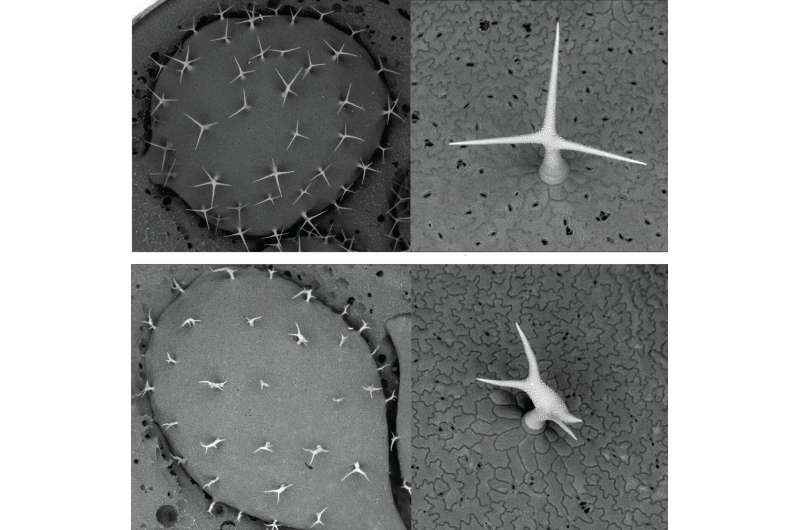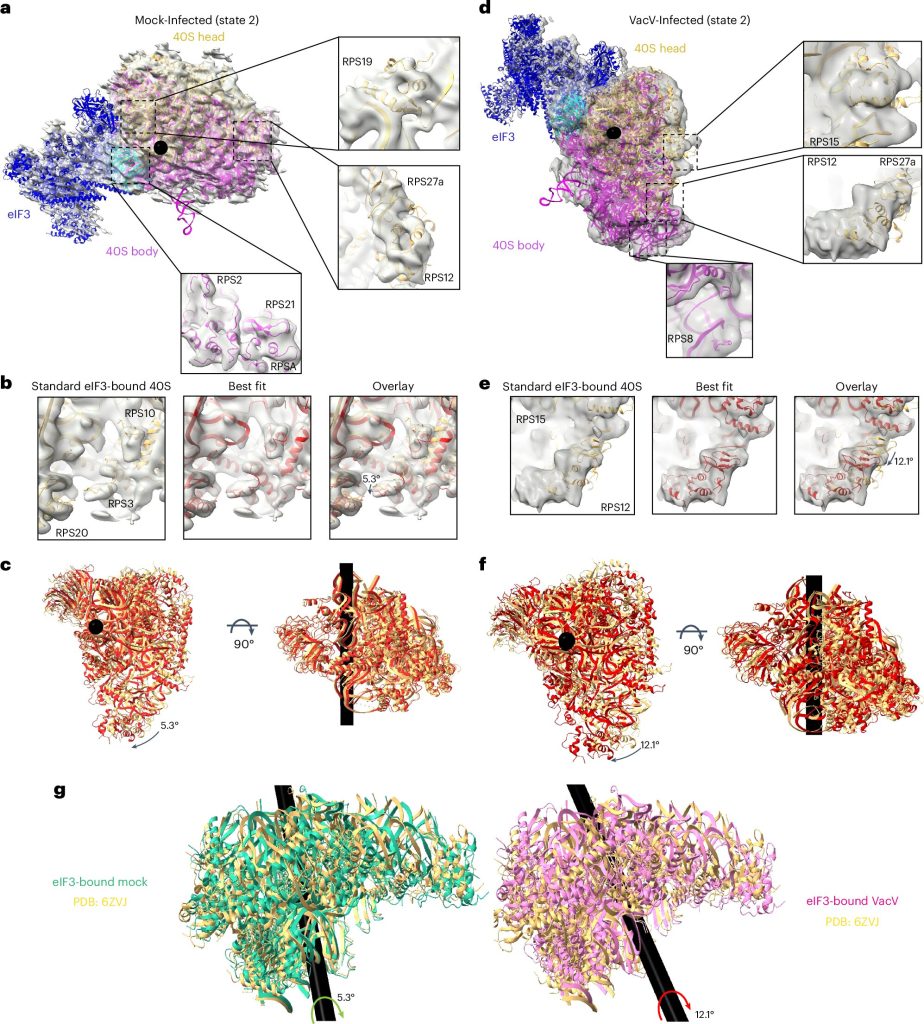In the quiet world of plants, a hidden story unfolds — one of delicate balances and intricate controls that determine their growth and shape. Recent research from the Sainsbury Laboratory at the University of Cambridge has unlocked fascinating insights into how plants harmonize their internal structures, offering a glimpse into the nuanced choreography that underpins their development.

According to a study published in Science Advances, researchers have uncovered the important role of the SCAR/WAVE protein complex, which acts as a molecular architect for plant cells. This complex helps shape crucial components like the actin cytoskeleton, a scaffolding that plays a role in everything from the elongation of root hairs to the growth of tiny leaf protrusions known as trichomes.
Much like ourselves, plants need a well-organized interior to thrive and adapt to their surroundings. The SCAR/WAVE complex is instrumental in this process, activating a group of proteins called the ARP2/3 complex. This activation initiates the branching of actin filaments, vital for the plant’s development. While SCAR/WAVE genes are widespread among different plant species, they often exist in small families, prompting scientists to explore whether these variations serve distinct functions.
Led by Dr. Sebastian Schornack, the Cambridge team focused their investigation on two closely related SCAR proteins, MtAPI and MtHAPI1, using the model legume Medicago truncatula. Their findings revealed an intriguing twist: despite their similarity, these proteins have unique roles. For instance, MtAPI is essential for developing root hairs, while MtHAPI1 cannot step in when needed. Conversely, MtHAPI1 is capable of rescuing faults in trichome growth within Arabidopsis thaliana, showcasing the distinct functions of each protein.
Diving deeper, the study identified a tiny 42-amino acid segment within MtAPI that greatly influences its stability. This little piece acts like a regulatory switch, controlling the levels of MtAPI in plant cells. Interestingly, this segment also affects other proteins it interacts with, even in various plant types. This remarkable finding underscores a potential mechanism for fine-tuning the protein abundance in plants.
“Our research reveals a captivating molecular basis for how plants harness functional diversity through closely related proteins,” said Dr. Sabine Brumm, the study’s lead author. “These intrinsically disordered regions, often overlooked, are actually fundamental to defining the roles of SCAR proteins within cells.”
The implications of this research go beyond understanding cell shapes; they offer a path toward comprehending plant interactions with microbes and how we might develop plants that are healthier and more resilient to environmental changes.
This intricate dance of molecular regulation truly highlights the elegance of plant biology, encouraging future exploration to understand better how stability and function are maintained within these living organisms.
More information:
Sabine Brumm et al, Functional divergence of plant SCAR/WAVE proteins is determined by intrinsically disordered regions, Science Advances (2025). DOI: 10.1126/sciadv.adt6107
If you would like to see similar science posts like this, click here & share this article with your friends!


